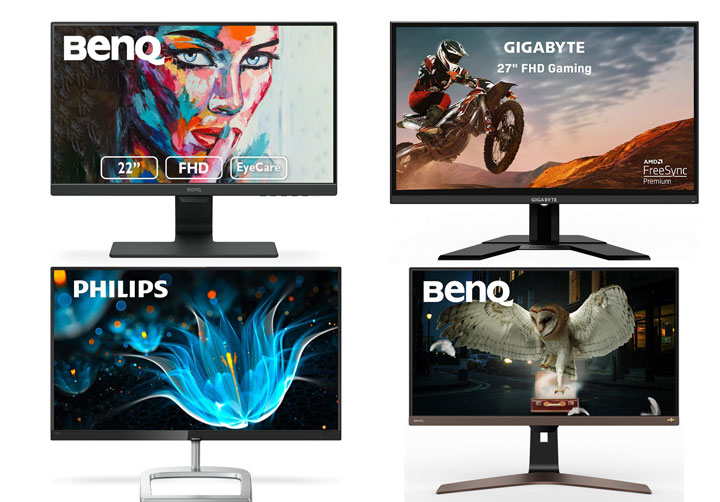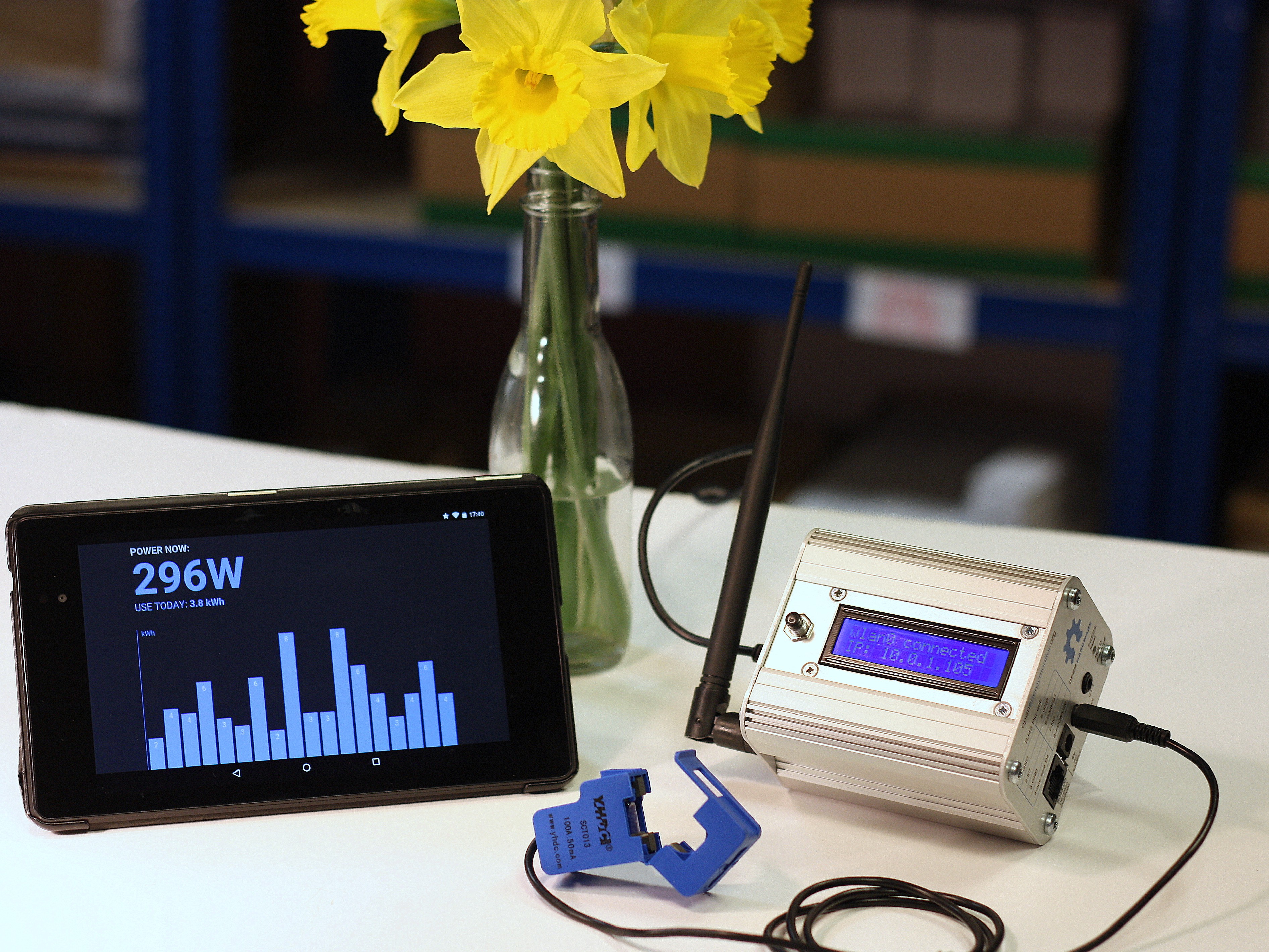Let me tell you something cool—Raspberry Pi performance monitor is like having a personal trainer for your tiny but powerful computer. If you're into tinkering with Raspberry Pi or running projects on it, you know how important it is to keep an eye on its performance. But here's the deal: not everyone knows how to do it right. That's where this guide comes in. We're going deep into the world of Raspberry Pi performance monitoring, so you can squeeze every bit of power out of your device.
Imagine this: your Raspberry Pi is running slow, and you're scratching your head trying to figure out why. Maybe it's a memory leak, or maybe it's just too many processes hogging resources. Whatever it is, having a reliable performance monitor can save your day—or your project. And trust me, when your Pi crashes mid-project, it's not a good look.
Now, before we dive into the nitty-gritty, let's talk about why this matters. Raspberry Pi performance monitoring isn't just for tech wizards; it's for anyone who wants their projects to run smoothly. Whether you're setting up a home automation system, building a retro gaming console, or even running a weather station, keeping tabs on your Pi's health is crucial. So, buckle up because we're about to take a deep dive into the world of Pi performance.
Read also:Ken Waghorn The Unsung Legend Of Formula 1 Engineering
What Exactly is Raspberry Pi Performance Monitor?
So, what's the big deal about Raspberry Pi performance monitors? Well, think of it like a dashboard for your car. Just like how you check your speed, fuel levels, and engine temperature while driving, a performance monitor lets you keep an eye on your Pi's CPU usage, memory, disk activity, and network traffic. It's basically your Pi's health report in real time.
There are different types of performance monitors out there, and choosing the right one depends on what you need. Some are simple command-line tools, perfect for those who love the terminal. Others are graphical interfaces that make it easier to visualize data. Either way, the goal is the same: to help you understand what's going on inside your Pi.
Why Should You Care About Monitoring?
Here's the thing: Raspberry Pi is awesome, but it's not immune to performance issues. Over time, your Pi might start to slow down, especially if you're running multiple processes or using resource-heavy applications. That's where monitoring comes in. By keeping an eye on things like CPU usage, memory allocation, and disk I/O, you can catch problems early and prevent them from escalating.
And let's not forget about security. Monitoring your Pi's performance can also help you detect unusual activity, like unexpected spikes in network traffic or unauthorized access attempts. It's like having a security guard for your little computer.
Top Tools for Raspberry Pi Performance Monitoring
Now that we know why monitoring matters, let's talk about the tools you can use. There are tons of options out there, each with its own strengths and weaknesses. Here's a rundown of some of the most popular ones:
- htop: This is a favorite among terminal lovers. It's a more advanced version of the classic top command, giving you a colorful, interactive view of your Pi's processes.
- glances: If you want a more comprehensive tool, glances is the way to go. It provides detailed insights into CPU, memory, disk, and network usage, all in one place.
- Grafana: For those who prefer visuals, Grafana is a powerful tool that lets you create custom dashboards to monitor your Pi's performance over time.
- Prometheus: This one's for the power users. Prometheus is an open-source monitoring system that can collect and process metrics from multiple sources, including your Raspberry Pi.
Choosing the Right Tool for You
Choosing the right tool depends on your needs and skill level. If you're just starting out, something simple like htop might be enough. But if you're running a more complex setup, you might want to consider something more advanced like Grafana or Prometheus. Remember, the best tool is the one that fits your workflow and helps you achieve your goals.
Read also:Chinese 1985 Animal Your Zodiac Guide To The Year Of The Ox
How to Set Up a Performance Monitor on Your Raspberry Pi
Setting up a performance monitor on your Raspberry Pi is easier than you might think. Let's walk through the process step by step:
Step 1: Update Your Pi
First things first, make sure your Pi is up to date. You can do this by running:
sudo apt update && sudo apt upgrade
Step 2: Install Your Tool of Choice
Once your Pi is updated, it's time to install your chosen monitoring tool. For example, to install htop, you'd run:
sudo apt install htop
Step 3: Start Monitoring
With your tool installed, you can start monitoring right away. Just type the name of the tool in your terminal, and you'll see a live view of your Pi's performance. It's that easy!
Understanding the Metrics
Now that you've got your monitoring tool up and running, let's talk about the metrics you should be paying attention to:
- CPU Usage: This tells you how much of your Pi's processing power is being used. High CPU usage can indicate performance issues or bottlenecks.
- Memory Usage: Memory is where your Pi stores data while it's running applications. If you're running out of memory, it can cause slowdowns or crashes.
- Disk I/O: This metric shows how much data is being read from or written to your Pi's storage. High disk activity can slow down your system.
- Network Traffic: Monitoring network activity can help you spot security issues or bandwidth bottlenecks.
What to Do If You Spot Issues
If you notice any red flags in your metrics, don't panic. There are steps you can take to address the problem. For example, if your CPU usage is high, you might want to check for runaway processes or optimize your code. If memory is an issue, consider adding more RAM or using a swap file. And if disk I/O is slowing you down, maybe it's time to upgrade your SD card.
Optimizing Your Raspberry Pi's Performance
Monitoring is just the first step. To really boost your Pi's efficiency, you need to optimize its performance. Here are a few tips to get you started:
- Disable Unnecessary Services: Every service running in the background takes up resources. Disable the ones you don't need.
- Use Lightweight Software: Choose applications that are optimized for low-resource environments.
- Overclock Your Pi: If you're comfortable with it, overclocking can give your Pi a performance boost. Just be careful not to overdo it.
- Keep Your Pi Cool: Overheating can slow down your Pi, so make sure it's well-ventilated or consider adding a heatsink or fan.
Advanced Optimization Techniques
If you're feeling adventurous, there are more advanced techniques you can try. For example, tweaking your Pi's governor settings can help balance performance and power consumption. Or, if you're running a web server, you might want to look into caching strategies to reduce load times.
Real-World Examples of Raspberry Pi Performance Monitoring
Let's look at a couple of real-world examples to see how Raspberry Pi performance monitoring can make a difference:
Example 1: Home Automation System
Imagine you're running a home automation system on your Raspberry Pi. You've got smart lights, thermostats, and security cameras all connected. Without proper monitoring, you might not realize that one of your devices is causing excessive network traffic until it's too late. But with a performance monitor in place, you can catch these issues early and take action.
Example 2: Retro Gaming Console
Now, let's say you've turned your Raspberry Pi into a retro gaming console. You want smooth gameplay, but you're noticing some lag. By monitoring your Pi's performance, you can identify which games are the most resource-intensive and adjust your settings accordingly.
Common Mistakes to Avoid
Even with the best tools and intentions, mistakes can happen. Here are a few common pitfalls to watch out for:
- Overloading Your Pi: Running too many processes at once can overwhelm your Pi. Be mindful of what you're asking it to do.
- Ignoring Updates: Keeping your software up to date is crucial for performance and security.
- Underestimating Storage Needs: Make sure you have enough storage for your projects. Running out of space can cause all kinds of issues.
How to Avoid These Mistakes
The key to avoiding these mistakes is planning ahead. Before you start a new project, think about its resource requirements and make sure your Pi can handle them. And don't forget to monitor regularly so you can catch problems before they become disasters.
Conclusion: Take Control of Your Raspberry Pi's Performance
So, there you have it—the ultimate guide to Raspberry Pi performance monitoring. Whether you're a beginner or a seasoned Pi enthusiast, keeping an eye on your device's performance is essential for success. By using the right tools, understanding the metrics, and optimizing your setup, you can ensure that your Raspberry Pi runs smoothly and efficiently.
Now, here's the call to action: don't just read this guide—put it into practice. Install a performance monitor on your Pi, start tracking those metrics, and see how it can transform your projects. And while you're at it, why not share your experiences in the comments? We'd love to hear how you're using Raspberry Pi performance monitoring to take your projects to the next level.
Remember, knowledge is power. And when it comes to Raspberry Pi, knowing how to monitor and optimize its performance is the key to unlocking its full potential.
Table of Contents
- What Exactly is Raspberry Pi Performance Monitor?
- Why Should You Care About Monitoring?
- Top Tools for Raspberry Pi Performance Monitoring
- How to Set Up a Performance Monitor on Your Raspberry Pi
- Understanding the Metrics
- Optimizing Your Raspberry Pi's Performance
- Real-World Examples of Raspberry Pi Performance Monitoring
- Common Mistakes to Avoid
- Conclusion: Take Control of Your Raspberry Pi's Performance


